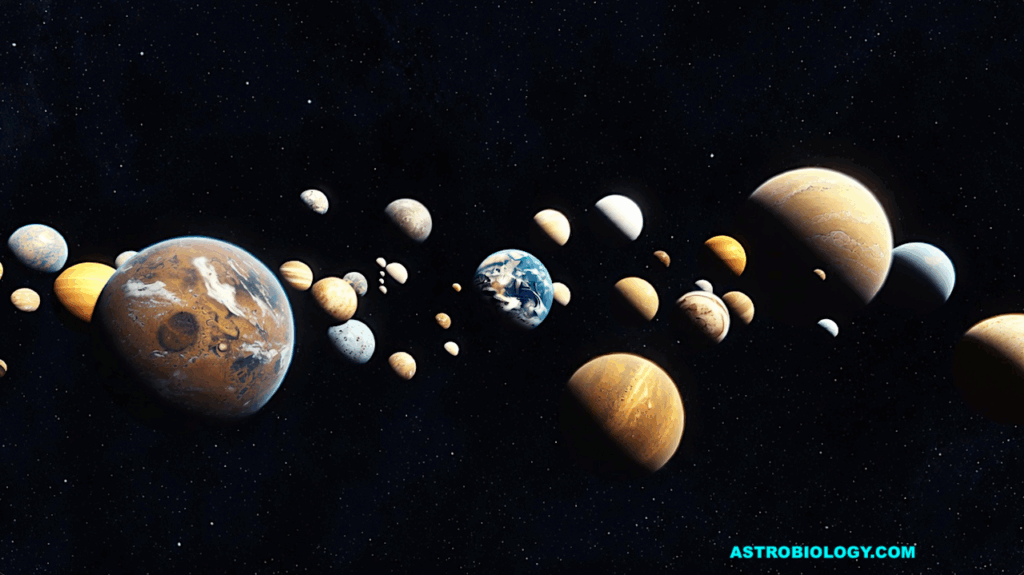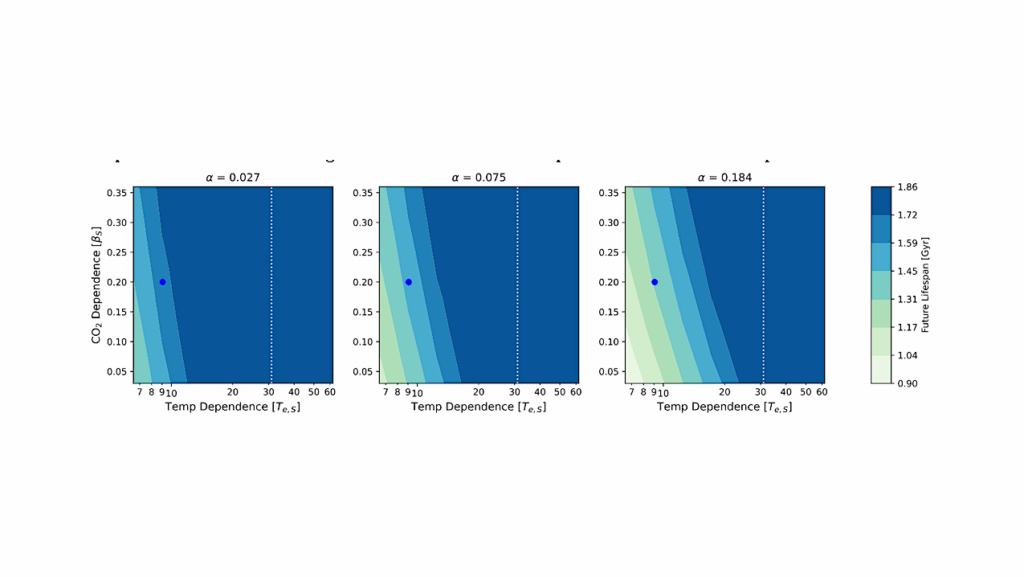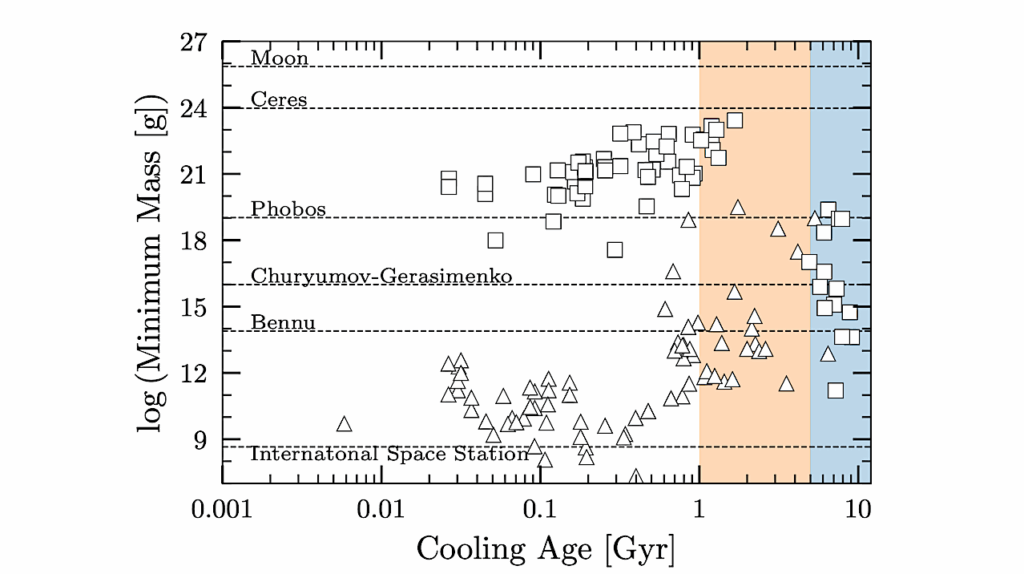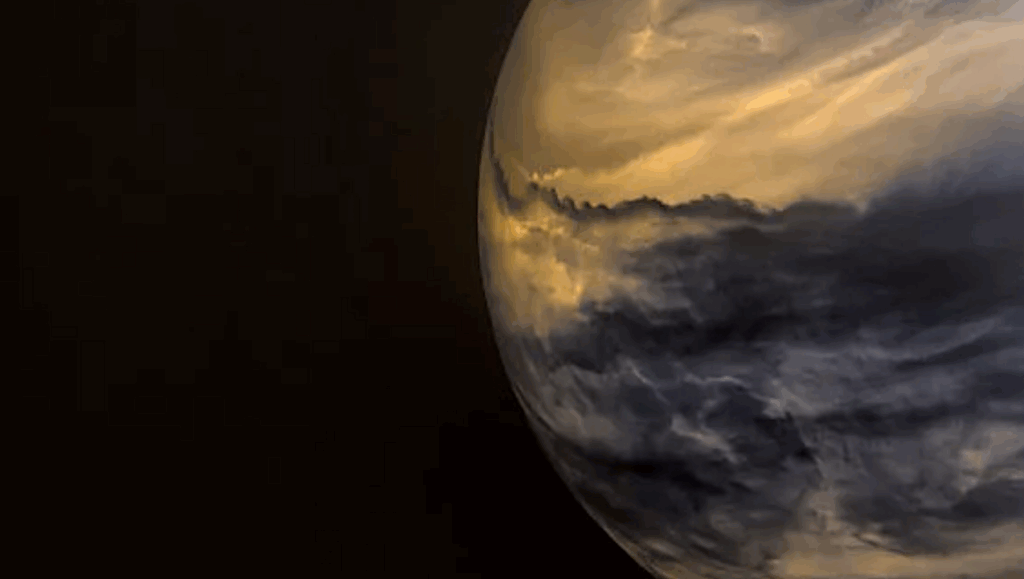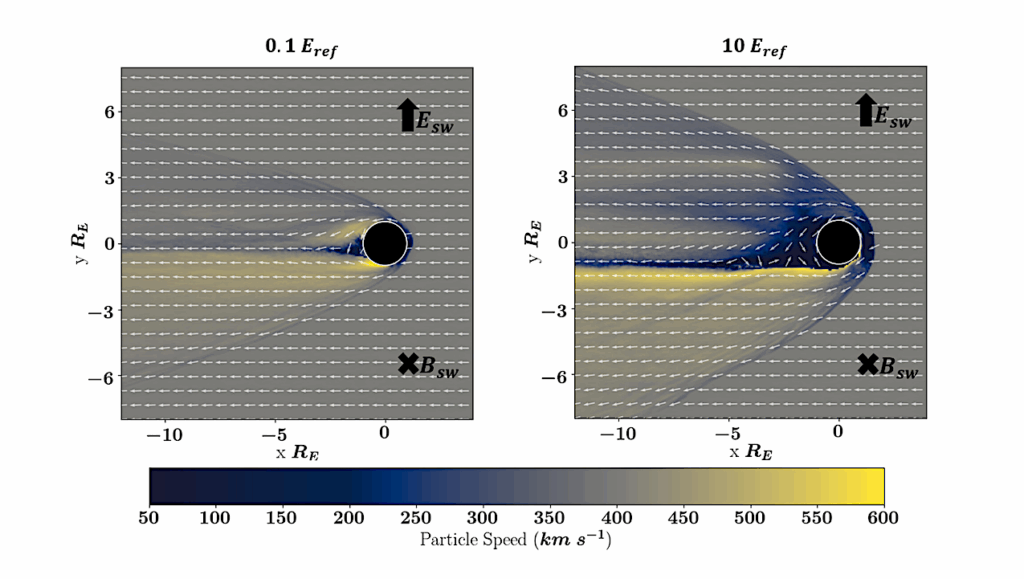Dusty Iron in the Ancient Oceans
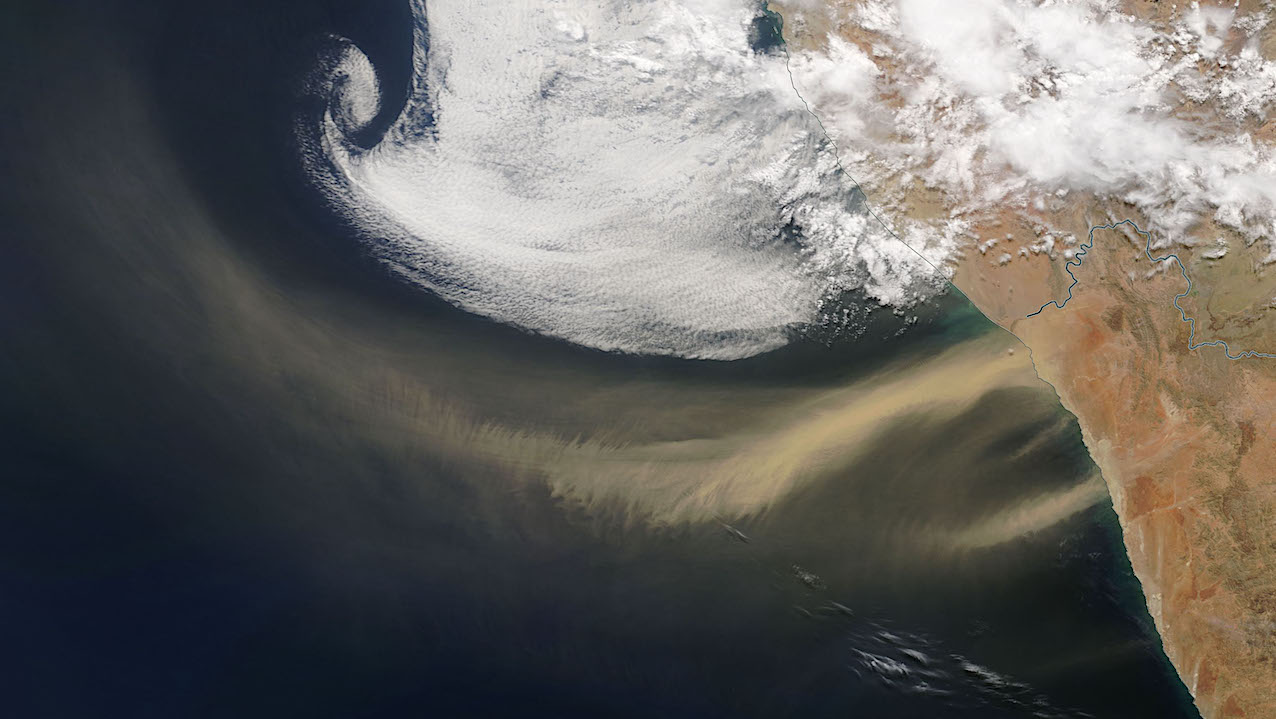
A recent study examines the affect of dust-borne iron on primary productivity in the oceans of the ancient Earth.
Researchers looked at Moscovian (315.2 to 307 million years ago) and Asselian (298.9 and 295 million years ago) strata that originated from the southeastern mid-latitudes of the supercontinent, Pangea. The team examined the concentrations of dust, iron, autotrophic content, and bacterial biomarkers in samples. The results indicate that iron from dust increased both organic and inorganic carbon cycling at low- and mid-latitudes of the Earth.
The study, “Atmospheric dust stimulated marine primary productivity during Earth’s penultimate icehouse,” was published in the journal Geology. The work was supported by NASA Astrobiology through the Exobiology Program. This newly-revealed science is also a critical part of NASA’s work to understand the Universe, advance human exploration, and inspire the next generation. As NASA’s Artemis program moves forward with human exploration of the Moon, the search for life on other worlds remains a top priority for the agency.
Astrobiology



